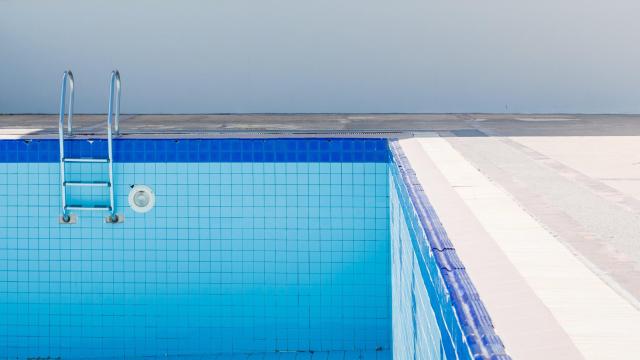The upside to having a pool in your backyard is that you have a freakin’ pool in your own backyard! As in, steps away from where you live, available for use as often as you want, all summer long. The downside to having your own pool is dealing with the maintenance and general upkeep that’s involved. Which is a lot.
Sure, technically you can hire someone to handle it, but maybe you blew your entire budget on the pool itself and employing another person to maintain it isn’t financially feasible. So you’re stuck doing it yourself — including the dreaded task of draining the pool.
If this is something you’ve never done before, you probably have a lot of questions, starting with when the draining should take place, and also how to do it.
Before anything, check with your local water authority
As it turns out, many suburbs, towns, and other local water authorities have their own sets of rules when it comes to how, where and whether you’re permitted to drain a pool, as Tom Scalisi notes in a recent article for ThisOldHouse.com:
For instance, most municipalities will require you to run your pool water through your home’s sewer cleanout line so it will flow to a water treatment plant. Others might allow you to send all that water down the storm drains that line your street. Municipalities may also have water chemical composition regulations. Some may require the water to be chlorine neutral, which would necessitate a lot of chlorine neutralizer.
When to drain a pool
When you check your local regulations on draining pools, you may also notice your area has rules about when you’re allowed to do the draining. Typically, this involves specific time windows during the day when you’re not permitted to drain your pool, in order to prevent streets and sewers from being flooded with all that extra water — especially during rainy seasons.
If your local water authority doesn’t dictate the time of year when draining pools is allowed, it’s up to you to pick the season and weather. Scalisi recommends doing it during either spring or autumn:
The heat of summer can blister and destroy a pool liner if it’s not submerged in water. The cold ground of winter can push an empty pool upward, a situation known as “pool pop.” So before you begin, wait for a stretch of nice, dry weather in the spring or fall, when the water table is low and where daytime highs won’t exceed 30 degrees.
How to drain a pool
We should start out by clarifying that not all pools are meant to be drained — including those made of fibreglass or vinyl. If your pool falls into one of those categories, check with the manufacturer if you’re unsure about how to maintain it.
In order to drain other types of pools, Scalisi says you need the following items and equipment:
- A fully submersible pump (available for purchase or rent)
- A garden hose long enough to reach from pool to the drainage point
- A sump-pump to garden hose adaptor (if your pump didn’t come with one)
- Replacement hydrostatic plugs
- Hammer
- Screwdriver or chisel
- Large pliers
As you’d imagine, there are different instructions for draining above-ground pools and in-ground pools, and Scalisi walks you through the process for each of those in his article, along with how to avoid the unfortunate phenomenon known as “pool pop.”

Leave a Reply
You must be logged in to post a comment.